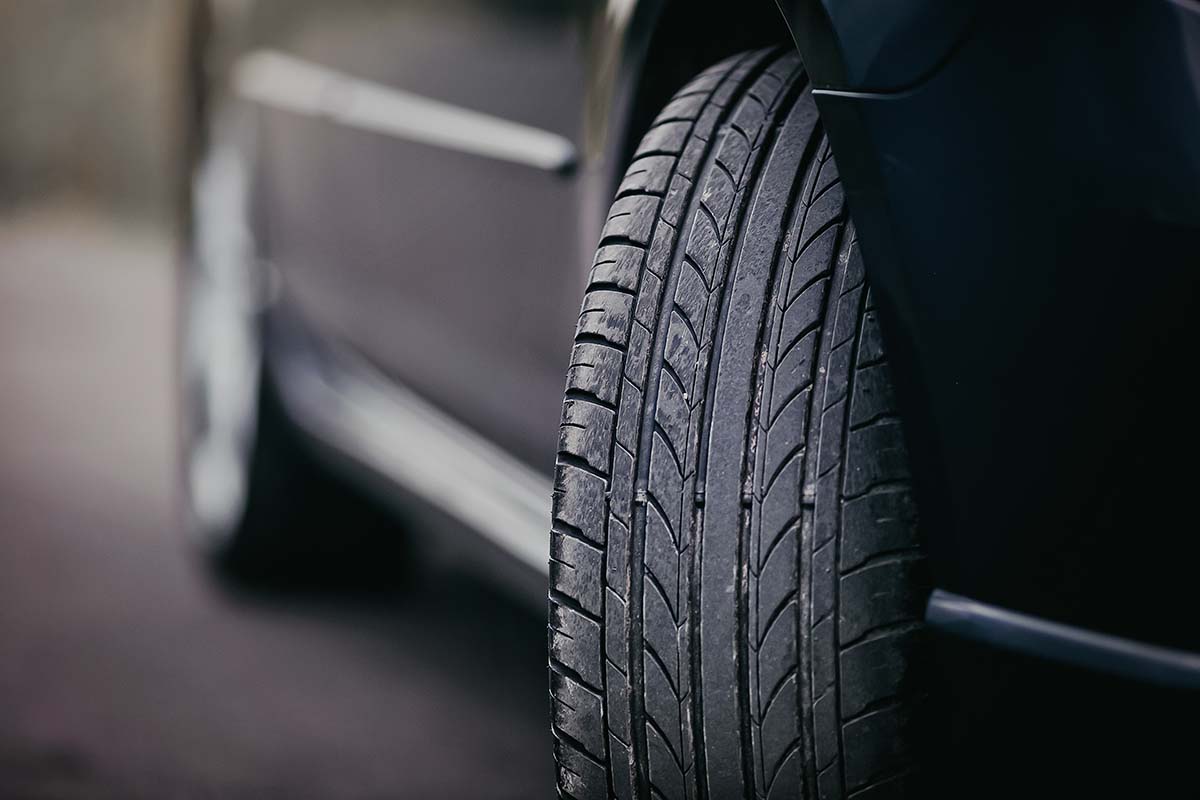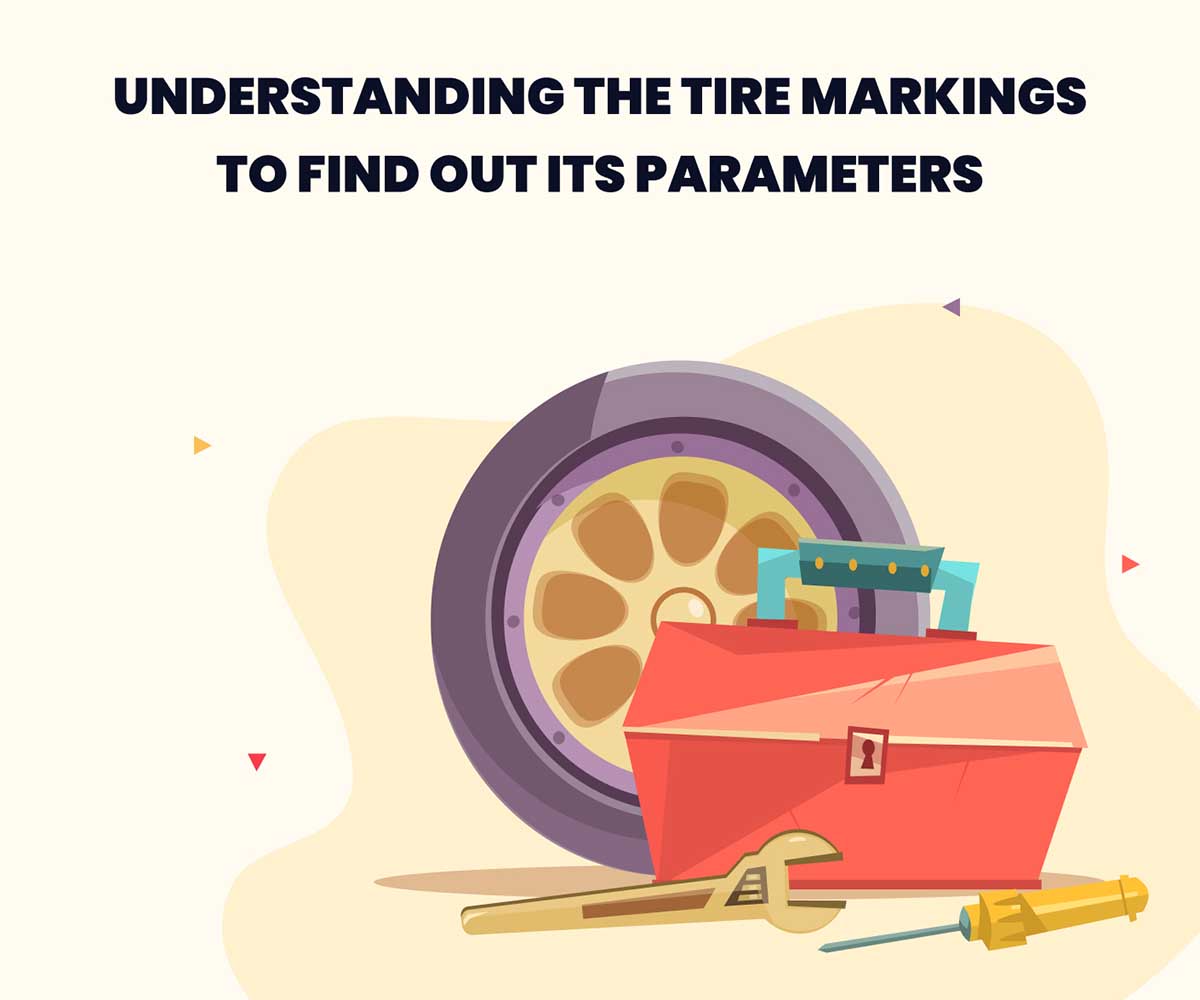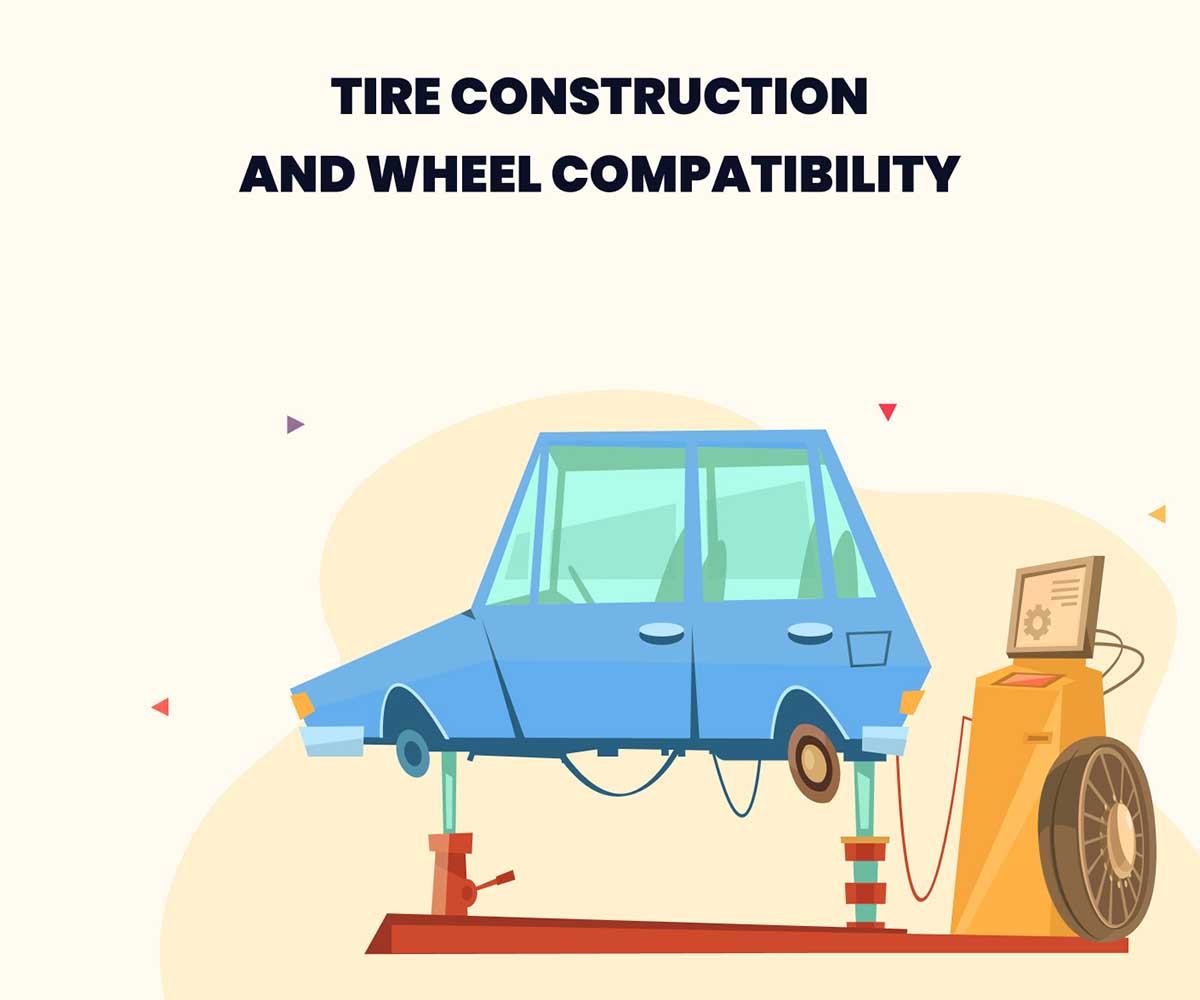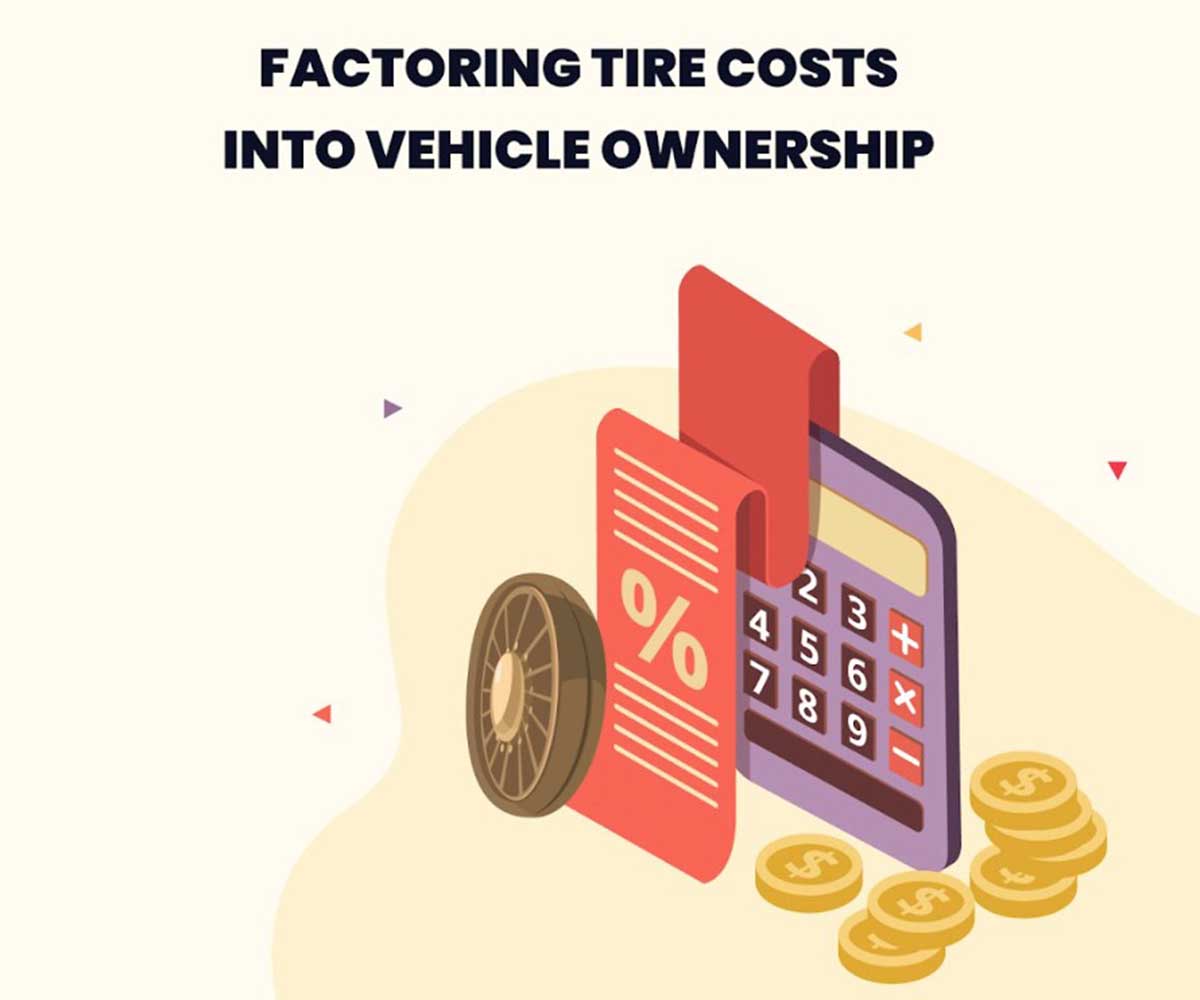Understanding the Tire Markings to Find Out Its Parameters
✅ Key Points
Brand Matters – Tire markings reveal the manufacturer, which signals durability, warranty coverage, and replacement availability.
Width Defines Grip & Efficiency – Numbers like “205” show tire width; wider tires boost grip but reduce fuel economy, while narrower ones improve mileage.
Sidewall Height Impacts Ride – Taller sidewalls add comfort and cushioning, while shorter ones improve handling and performance.
Buying a car is one thing, but keeping it safe and efficient means paying attention to the details—like the cryptic markings on your tire sidewall.
Think of it as a tire’s CV, packed with everything from its brand to its birthday. In this guide, we’ll decode those numbers and letters step by step.
And just like you’d never buy a car without a report by VIN, you shouldn’t ignore what the tires are quietly trying to tell you about performance, safety, and lifespan.
Tire Brand: The Signature on the Side
The easiest part to spot is the brand. Michelin, Bridgestone, Goodyear—it’s printed boldly, like a signature.
This isn’t just marketing; it tells you about warranty coverage, reputation for durability, and even how easy it will be to source replacements later.
Different brands test and market their tires in varied ways.
Premium brands often focus on longevity and fuel efficiency, while budget options may sacrifice lifespan for lower upfront costs.
Knowing the brand helps you connect performance claims with real-world service records and customer benefits.
Tire Width: Numbers That Matter
Look for a three-digit number at the start, like “205.”
This refers to the tire’s width in millimeters. Wider tires usually mean better grip, but they also add rolling resistance, which can impact fuel economy.
For everyday cars and vehicles meant for efficient car transport, narrower tires provide smoother handling and better mileage.
Performance vehicles, however, benefit from wider setups. Understanding this parameter helps vehicle owners balance safety and efficiency.
Sidewall Height: Comfort vs Performance
The second number in the sequence, like “55” in 205/55R16, is the aspect ratio.
It shows the height of the tire’s sidewall as a percentage of the width. Higher ratios mean thicker sidewalls, which cushion bumps and make the ride comfortable.
Lower ratios mean sporty handling but a harsher ride.
Drivers who value comfort and longevity often prefer taller sidewalls, while enthusiasts chasing sharp cornering go for low profiles.
Think of it as choosing between sneakers and dress shoes—both fit, but the experience differs.
Tire Construction and Wheel Compatibility
The “R” you often see stands for “radial,” which is the most common construction today.
It indicates how the internal cords are aligned, affecting flexibility and heat resistance.
Occasionally, you’ll see “D” for diagonal (bias-ply), but these are rare in modern passenger vehicles.
The number following, such as “16” in 205/55R16, indicates the wheel diameter in inches.
This is crucial for compatibility. Mounting mismatched tires isn’t just a bad idea—it’s a recipe for damage.
Professional services always emphasize this step in the process to avoid costly mistakes.
Load Index: Carrying the Weight
Every tire has a load index, typically a two- or three-digit number.
It corresponds to the maximum weight the tire can safely carry.
For example, an index of 91 means each tire can support about 615 kg.
Multiply by four, and you get the total load capacity for the vehicle.
Ignoring this rating can be dangerous.
A vehicle with underrated tires may look fine but risks blowouts when fully loaded.
Efficient car transport companies check this carefully to ensure safety during long-distance shipping.
Speed Rating: How Fast Can It Go?
Next to the load index, you’ll find a letter—H, V, W, or sometimes Z.
This is the speed rating, showing the maximum speed the tire can sustain.
For instance, “H” is up to 130 mph, while “V” can handle 149 mph.
It doesn’t mean you should drive that fast; it reflects durability at sustained speeds.
Even ordinary vehicles benefit from higher-rated tires because they tend to be made of better materials and offer more stability.
Year of Manufacture: Finding the Tire’s Birthday
Every tire has a DOT code. The last four digits reveal the week and year of production.
For example, “1522” means it was made in the 15th week of 2022.
This matters because rubber degrades over time, even if the tread looks fine.
Professional services recommend replacing tires older than six years, regardless of mileage.
Buying a used car? Checking this code is as important as reviewing a VIN report.
Maximum Inflation Pressure: The Upper Limit
Printed somewhere on the sidewall, you’ll see the maximum inflation pressure, usually in PSI.
This isn’t the recommended pressure for everyday driving but the maximum the tire can safely handle.
Overinflating can cause uneven wear, while underinflating reduces fuel efficiency and increases the risk of blowouts.
Service records often reveal if improper tire maintenance was a recurring issue—a good reminder to keep your tires balanced and inflated correctly.
UTQG Ratings: Treadwear, Traction, and Temperature
In the U.S., tires carry Uniform Tire Quality Grading (UTQG) scores. Three main categories matter:
- Treadwear: A comparative rating of durability. A score of 400 means the tire should last twice as long as one rated 200.
- Traction: Grades like AA, A, B, C indicate wet-surface braking ability.
- Temperature: Indicates heat resistance, vital for highway speeds.
Understanding these helps vehicle owners predict lifespan and safety, much like analyzing accident records or car history in public databases.
Other Markings and What They Mean
You may also notice “M+S” for mud and snow, or a snowflake symbol, which certifies winter performance.
Some tires carry “XL,” meaning extra load capacity, while “RunFlat” indicates they can be driven temporarily even after losing pressure.
These markings guide customer benefits, ensuring drivers pick tires suited to climate, terrain, and vehicle type.
Multilingual support in tire documentation is increasingly common, helping global vehicle owners interpret these details.
Factoring Tire Costs Into Vehicle Ownership
When buying a car—especially at auctions—it’s easy to focus on the hammer price and forget the extras.
Tires are a recurring cost.
Depending on climate, you may need a separate set of winter tires, which usually cost more than summer ones.
In snowy regions, skipping winter tires isn’t just risky; it may also be against regulations.
Tires typically last 40,000–60,000 miles, but driving habits, road conditions, and maintenance play a role.
A step-by-step guide to ownership should always include tire costs. Just as you’d review a VIN history before purchase, include tires in your total cost of ownership calculations.
Why VIN Reports and Tire Checks Go Hand in Hand
Buying a car without checking its VIN numbers is like marrying someone without asking about their past.
A report by VIN reveals service records, accident records, and the car’s past, while a close inspection of tires uncovers how the vehicle was treated day to day.
For example, uneven tire wear may signal alignment problems or past accidents not disclosed in the listing.
Together, VIN history and tire checks give vehicle owners the full picture before they commit to buying—or selling.
Conclusion
Tire sidewalls are like business cards for your wheels—crammed with technical details that directly impact safety and performance.
From brand and size to load index, speed rating, and production date, these markings give you everything you need to make informed decisions.
When combined with a thorough VIN report, they complete the puzzle of a car’s history.
Ignore either, and you risk hidden costs and unsafe surprises.
Understand both, and you unlock professional-level insight into vehicles, ensuring your ownership process is smooth, efficient, and cost-effective.






















